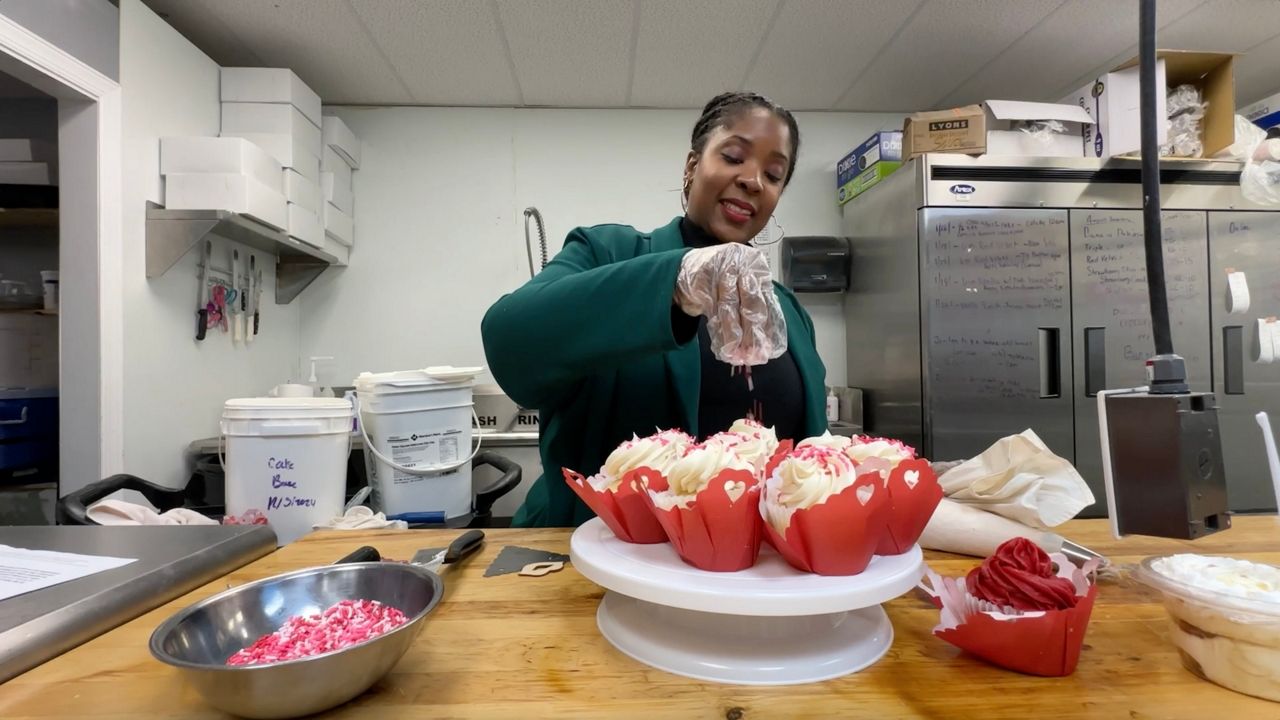Making swimming lessons more accessible can save lives, according to a recent study from The Centers for Disease Control and Prevention. The study shows drowning deaths are on the rise across the country.
Data also reveals Black Americans are at a higher risk, finding two out of three Black adults, or 63%, have never taken a swimming lesson.
To help, one North Carolinian is teaching minority groups how to be more comfortable in the water using what’s called water Zumba.
Sherryl Parks says she’s taken Z-Fitness’s Aqua Zumba class since 2018, and always positioned herself in front of the pool. That’s where she feels the safest.
“I initially started off in front because I was afraid of water,” Parks said.
That’s why fitness instructor Jacque Allen says she started the water aerobics class.
To get more Black women comfortable in water, all while getting fit.
In 2010, a study was done by USA Swimming and the University of Memphis to find out why Black minority groups did not take part in swimming.
The group found factors like fear, a lack of swimming ability, pool accessibility, parental support and role models were some barriers keeping African Americans from learning how to swim.
Parks said growing up in New Jersey, she didn’t have access to a pool. She said she would go to the beach, but she never “took the plunge."
“I always thought that I would drown,” Parks said.“I always thought that I would drown,” Parks said.
Attending class weekly makes Parks more relaxed in the water.
Parks said she came a long way and swimming is at the top of her bucket list.
She said now that she has two grandchildren, she wants them to take to water more easily and effortlessly than she did.
USA Swimming reports that formal swim lessons can reduce the likelihood of a childhood drowning by 88%.
Parks said her 2-year-old granddaughter is fearless, but she’s working on the 4-year-old.
“We frequently take her to the pool, the beach, just to get her used to the water,” Parks said.
The classes are held on Tuesday and Thursday evenings at 6 p.m. and will go until the end of August.
The CDC has a list of recommendations for communities to take to help prevent drownings.
This involves constructing and renewing public pools to enhance swimming accessibility, and advocating for affordable swimming lessons and water safety training while employing a diverse team to train swimmers.









